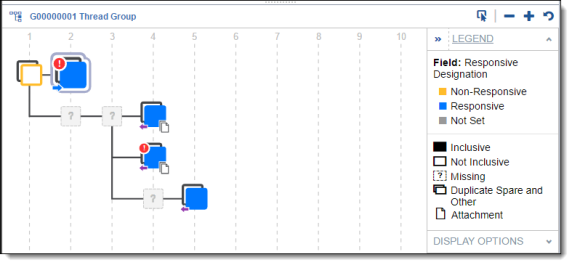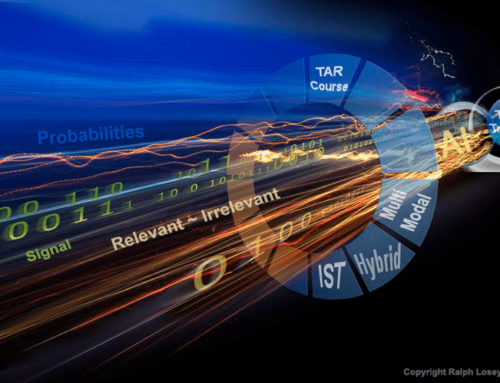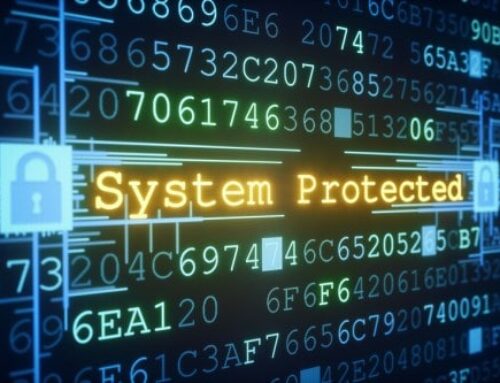Email Threading for eDiscovery:
More than 150,000 emails are sent every minute. This means on an average day more than 200 million emails are sent. With all those emails comes a lot of data. Email is also the most common form of data for eDiscovery.
Even when dealing with small cases, legal teams still look at data for thousands of emails. This is where email threading enters the process. Despite being a useful tool to conduct email preservation and review more efficiently, this process is not yet universally known.
What is email threading? For eDiscovery, email threading involves identifying the relationships within emails and parsing through threads, people, and attachments so they can be viewed as a chain of unique, individual messages while still maintaining the context of the larger email conversation. A more simple way to think of emailing threading is like a jigsaw puzzle. Each individual email is a piece to the puzzle. Email threading shows how all the pieces fit together to create a complete picture.
When it comes to eDiscovery, preservation efforts must typically account for complete email threads. Including some emails in a thread during review while leaving out others can lead to questions about the defensibility of a company’s preservation process. Aside from being a best practice for data preservation, email threading speeds up the review process. It does this by reducing the amount of time spent following the communication in email threads and providing immediate context to keyword hits during review.
Instead of treating every email like a one-off message, email threading keeps messages and discoverable attachment data in content and chronological order. This is critical for an effective review. Sometimes reviewers don’t understand the value or meaning of a specific email until it is presented within the context of a larger email thread. A piece of information may not make sense in a single email, but with email threading reviewers are able to understand a potential pattern within a thread. Email threadings can also expose if and when particular recipients are included or removed from the thread. This helps to establish a more accurate scope for further eDiscovery efforts like custodian interviews.
For more Tidbits & Thoughts, please click here.






